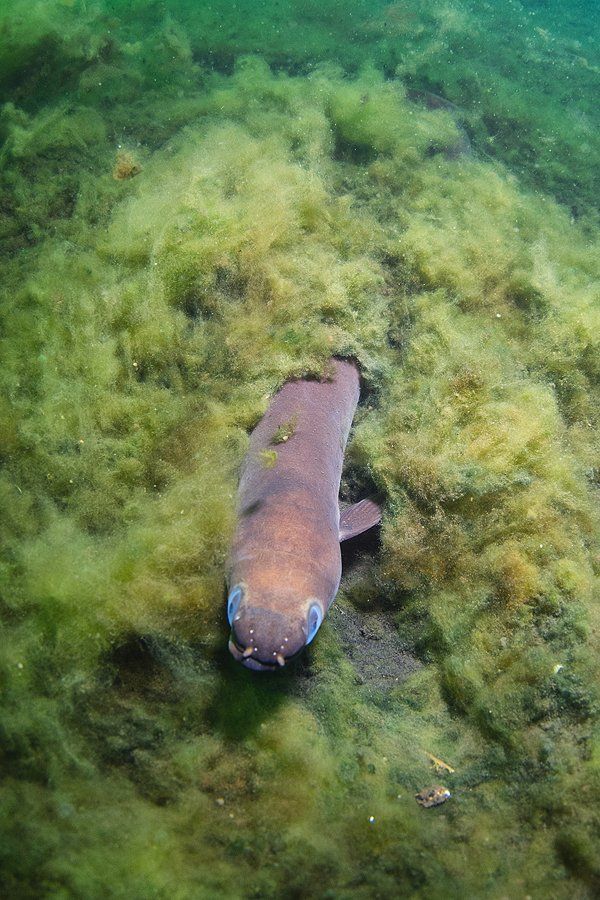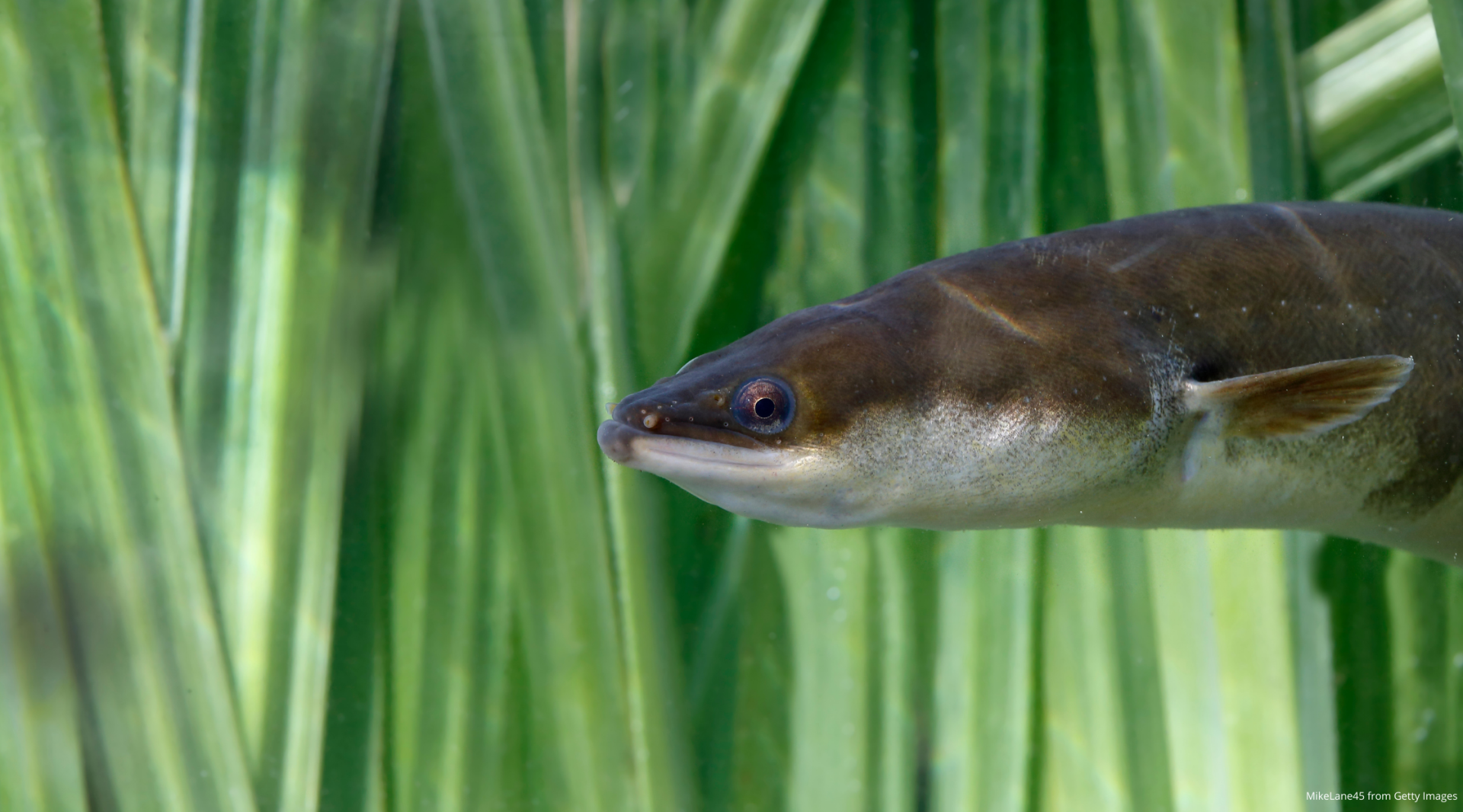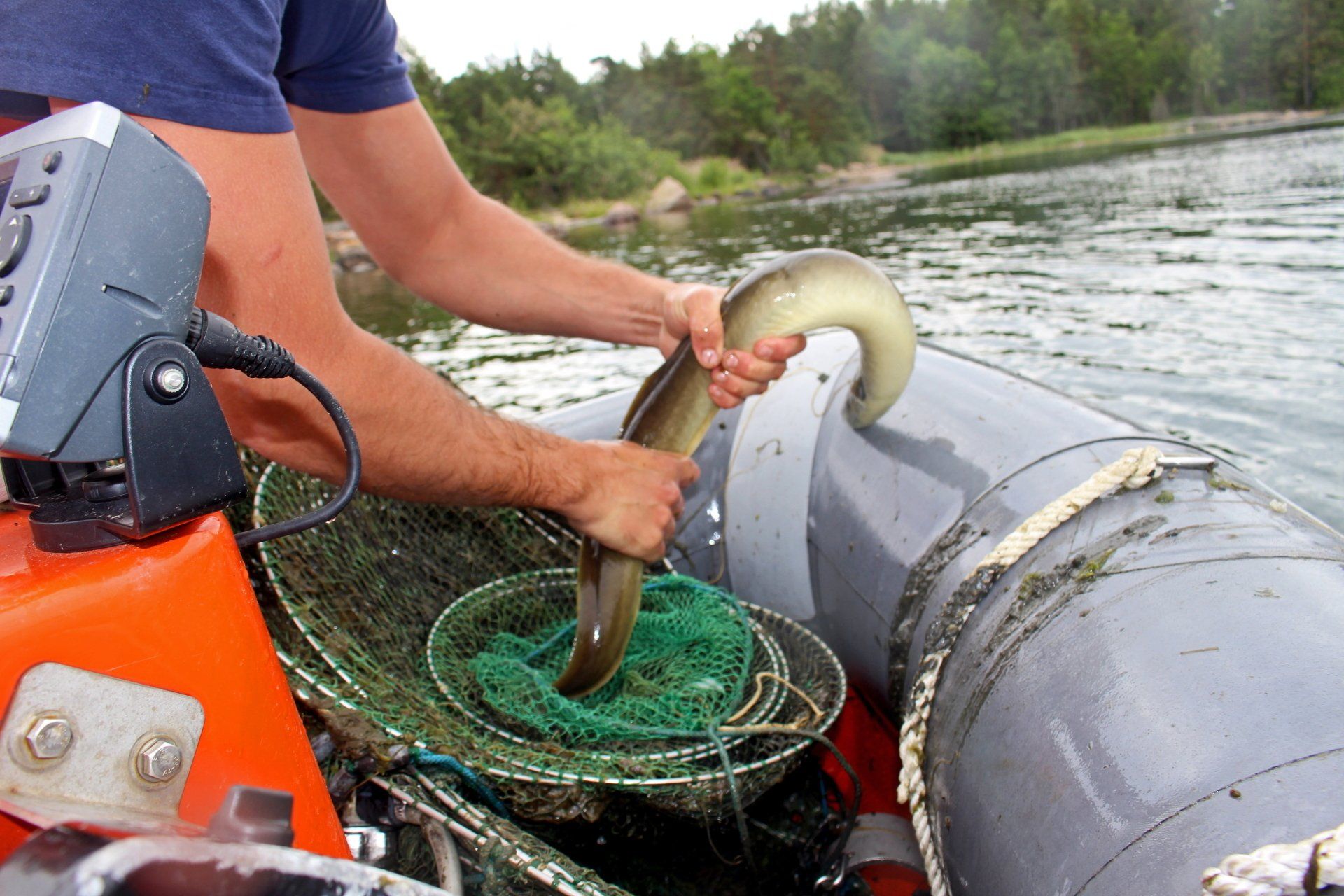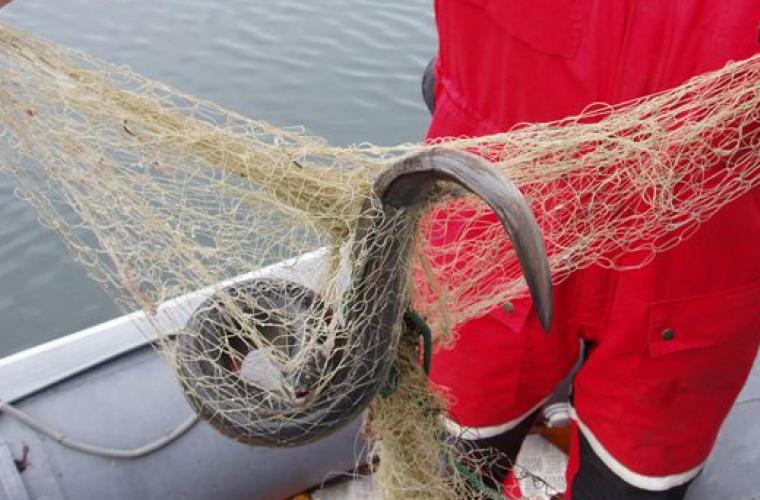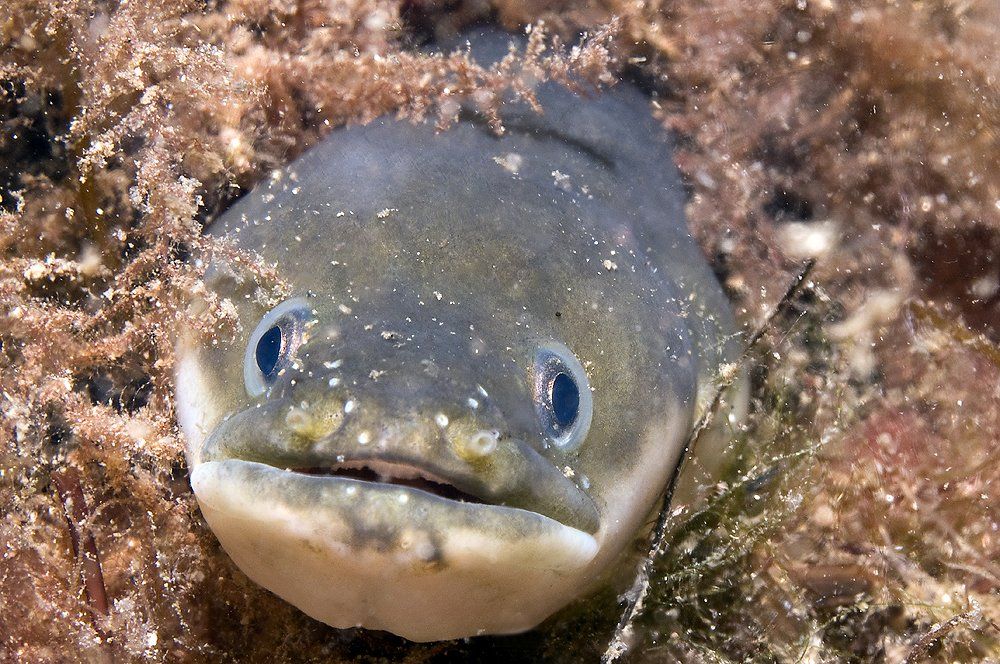The
endangered eel
The European eel is a migratory fish and is critically endangered - but there is still time!
by 97%
Save the eel
The European eel (Anguilla anguilla) is a critically endangered fish, but we still have it in our waters and we can act now to save this unique fish. The decline of the species is so radical that scientist have called for a complete ban for all fisheries and to reduce all human induced mortality to zero. The eel stock is one single stock on the planet and they all start and end their lives in the same place, the Sargasso Sea in the south west corner of the north Atlantic. The amount of young fish actually reaching the Baltic waters after its first years in the Atlantic has declined by 97%!
CCB considers that active and legal fishery is highly questionable and that the known illegal fishery must be stopped. In fact CCB questions the fishery from a legal perspective as under the Common Fisheries Policy all stocks must be fished at MSY or Maximum Sustainable Yield and the eel is very far from that point. According to the rules all emergency measures including total ban of all fisheries is the appropriate measure in this case.
Furthermore, eel was in 2015 as the first fish ever included in the Convention of Migratory Species (CMS Convention or “Bonn Convention”) requiring Contracting Parties to take further and effective steps to secure the migration of the eel. CCB proposes to start by making sure that out migrating eels from the Baltic are secured and that all fishery therefore must be halted during that period.
All about the eel
What can you do?
As an angler
Handle all eel carefully and release it.
As a consumer
Signal that you do not want to eat an endangered species!
As a chef, restaurant owner or fish monger
Consider alternatives or decide not to sell any eel at all.
At least demand information of where and by whom eel is caught, to avoid selling illegally caught eel.
As a manager or decision-maker
Protect the eel and increase the escapement from the Baltic Sea by stopping all fishing during migrations season and securing free migration routes.
Related publications
Reports
"THE UNHEALTHY EEL"
"FACTS ON EEL MORTALITIES AT HYDROPOWER STATIONS AND POSSIBILITIES AND COSTS FOR MITIGATION"
Baltic Talks about eel
For more information:
Aimi Hamberg, CCB Marine Policy Officer: aimi.hamberg (at) ccb.se
